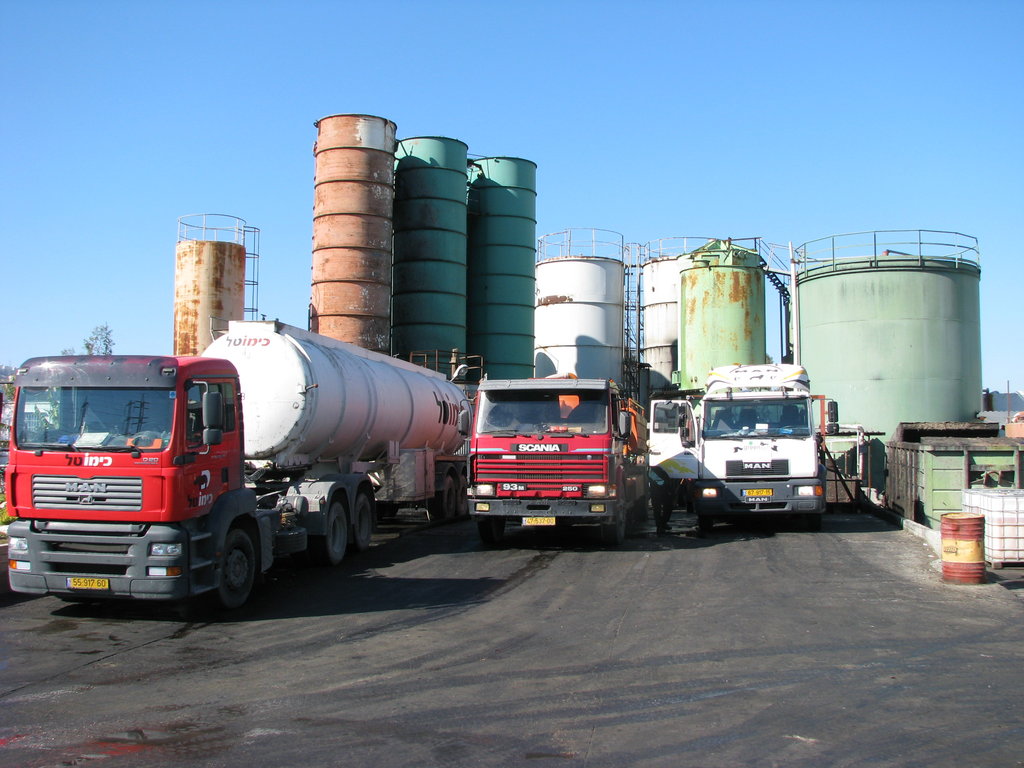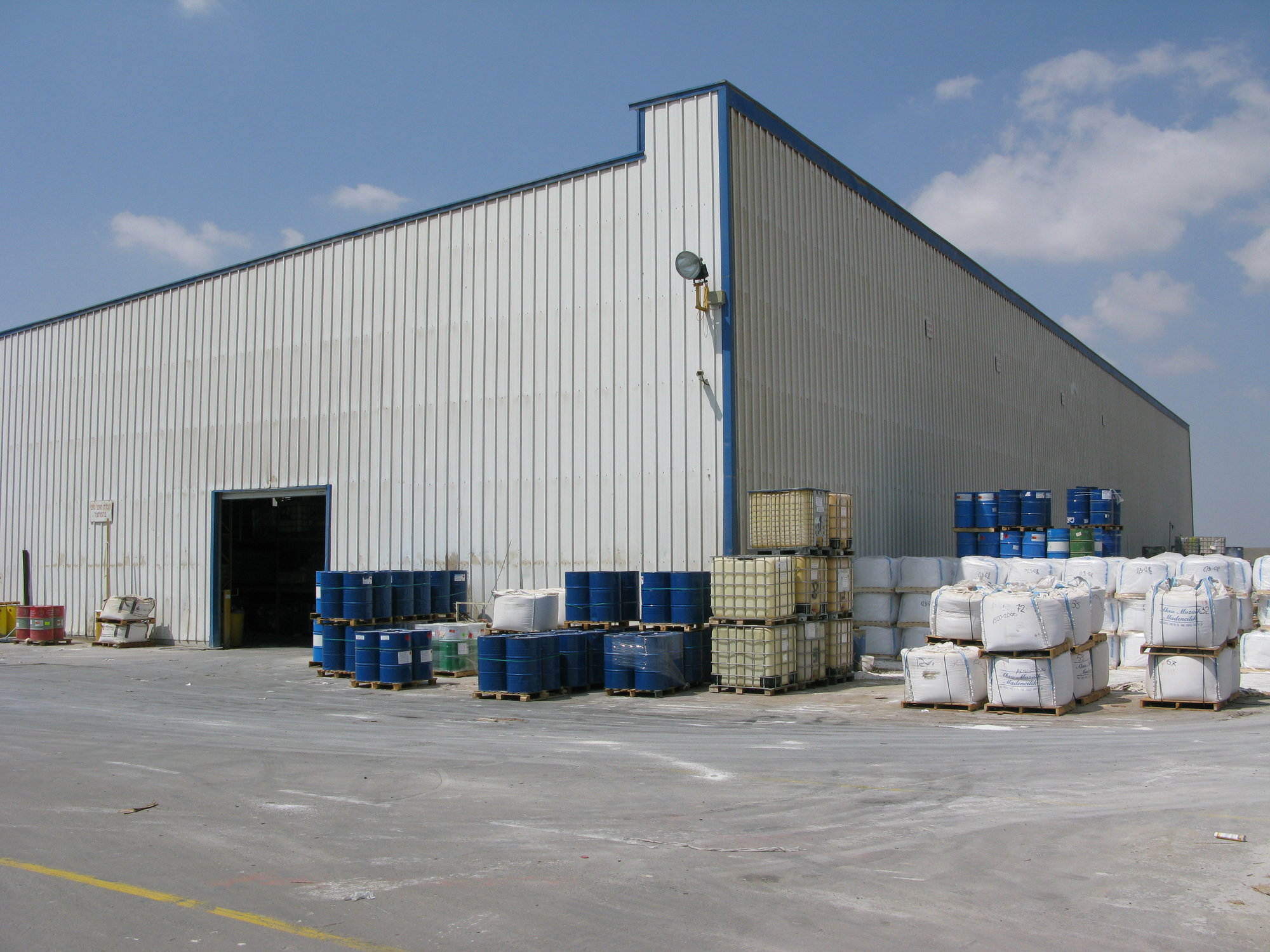PRTR
The Ministry of Environmental Protection, proceeding in accordance with OECD requirements, enacted in 2012 the Environmental Protection Law (Releases and Transfers into the Environment - Reporting and Registering Obligations). The law was designed to achieve several goals, including: to make environmental information transparent to the Israeli public, to encourage enterprises to reduce releases and transfers of pollutants and waste into the environment, and to aid decision making with respect to environmental management and sustainability policies.
Under the law, enterprises in a wide range of industrial sectors must submit an annual report on releases and transfers of 114 types of contaminants into the environment, and on the plant's quantities of waste, energy consumption and water consumption. Above a certain threshold, the report should be quantitative and based on calculations made as prescribed by the law.
Release refers to the discharge of a pollutant into the environment. Examples of different types of release are: pollution from smokestacks into the air, dumping waste into a river or sea, spilling contaminants on the ground, and more.
Transfer refers to the transport of waste outside a plant for disposal or treatment, and the discharge of wastewater to be handled by wastewater treatment plants.
The difference between release and transfer is that transferred waste undergoes removal processes (e.g. burial in landfills or incineration) or treatment (recycling or recovery), whereas a contaminant that is released is emitted to the environment as is.
The law established the Pollutant Release and Transfer Register, a central repository for information about releases and transfers of pollutants and waste from plants across a broad range of industrial sectors that are under the obligation to report this information. These sectors include, amongst others:
• Energy
• Metals and iron
• Waste and wastewater
• Agriculture
• Mineral industry
• Chemical industry
• Food and Beverage
The process of preparing a report to the PRTR includes the following steps:
• Mapping processes and release/transfer sources
• Identifying sources of release and transfer (diffused/focused, unfocused, non-routine) and waste classification
• Choosing the optimal calculation method for each release/transfer emanating from an emission source
• Calculating amounts released/transferred from each source
• Comparing the calculation results with the reporting thresholds stated in the Law
• Reporting the releases and transfers using online reporting forms


Air Emission Permit / Integrated Emission Permit (IPPC)
The clean Air Law (2008) was designed to improve air quality as well as prevent and reduce air pollution, with a view to protect the health and well-being of the public and protect the environment.
The law lays down provisions prohibiting extensive or unreasonable air pollution. It imposes an obligation on large plants to obtain an emission permit to be renewed every seven years, as a condition for continued operations.
The permit covers any activities in the plant related to air pollution, including its energy facilities, production facilities and any other facility that may cause pollution. The emission permit is based on the best available technologies (BAT) that can be implemented, according to technological, environmental and economic considerations. An integrated permit also address emissions into other media—soil and water.
An "emission source requiring a permit" is an emission source where any of the activities listed in the Clean Air Law's third addendum takes place at maximum capacity/output levels that exceed the values established by the Law. Even if actual capacity/output at the emission source is lower than the legal threshold, it is the maximum capacity that determines the need for the permit.
An emission permit application contains the following:
• General information on the emission source and site surroundings
• A processes survey (production facilities, fuel combustion and energy production, storage tanks, cooling towers, wastewater treatment, etc.)
• Survey of emissions into the air, wastewater survey, waste survey, soil pollution survey, odor survey and noise survey
• BAT gap analysis, comparing gaps between the existing situation at the emission source and the best available techniques (desired situation) as per the reference documents of the European Union (BREFs)
• The best available technologies and means proposed (BAT) and the way they are selected
• Plan for implementing BAT and reducing emissions
• Air environmental survey: assessing the impact of the emission source on pollutant concentration values in its surroundings in relation to air quality, both at present and in the future, after implementation of the plan to reduce emissions
• Wastewater environmental survey: assessing the impact of effluents from a plant on the concentration of contaminants in treated wastewater and sludge transferred to the environment, both at present and in the future after implementation of the plan to reduce emissions
